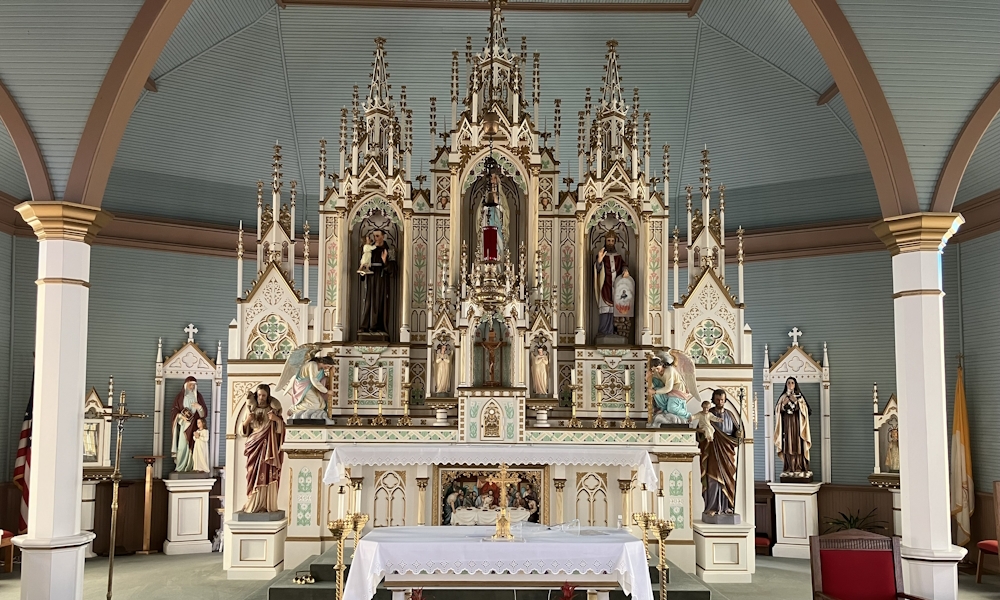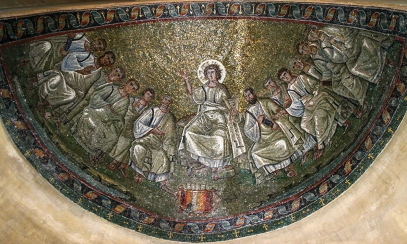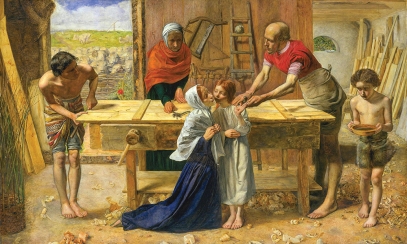
The beauty (past and present) of St. Mary in Ellinger
Living is an art. Humans are both artists and the art itself. We take the things God has given us — our body, family, era, culture, traditions, location, education, community, opportunities, limitations, imagination and the many things beyond our control — and we co-create with God. Perhaps this creativity is the very likeness of God?
Living is an art. Humans are both artists and the art itself. We take the things God has given us — our body, family, era, culture, traditions, location, education, community, opportunities, limitations, imagination and the many things beyond our control — and we co-create with God. Perhaps this creativity is the very likeness of God?
We are made in the image of God, and when we actively connect that perspective with our spiritual formation, we cultivate goodness, beauty and truth. This is a lifelong process, mediated by personal experiences as well as grace, through which we form a relatedness to the world and relationships with others.
Faith communities are also alive and undergo this same creative process. St. Mary Mission near Ellinger in the far southeastern corner of the Diocese of Austin is a community started in the homes of Czech and German settlers in the 1850s. The first church building was a crude log structure in Ross Prairie and was named St. Joseph. In 1859 that structure was replaced by a frame building that was soon moved to a new location on Live Oak Hill in 1861 and included a cemetery. A larger church and school were built in 1865 but were then replaced and renamed Immaculate Conception in 1879. That church burned down in 1905 and was replaced with the current wood-frame building and eventually was renamed St. Mary. St. John the Baptist in nearby Fayetteville spun off from this congregation in 1870. St. Mary is now a mission of St. John. This litany of changes illustrates how in 175 years, this community evolved to properly serve its parishioners.
Consider the courage it took to face the hardships of being in a new country, having left behind a familiar homeland, trying to adapt to a new life and trying to keep their culture alive. Their Catholic faith and love of God were foremost in their hearts.
The current church is a provincial interpretation of the high altars in Europe and the statues in the church reflect their cultural patrons — St. Methodius (with a portrait of St. Cyril), St. Joseph, the Immaculate Conception and the Infant of Prague. During some liturgies, Czech songs are sung, and seminarians from the Czech Republic occasionally visit St. Mary, maintaining ties with the homeland.
Bracketed by our own sinfulness and the immeasurable grace of God is our mortality, which affects this creative process. The cemetery in the churchyard is a weekly reminder both of those who came before us and of our fate, which informs us, and of the preciousness of time and the urgency of living the Gospel. Doodling is fine, but pay attention to your art, too!
Author’s Note: St. Mary has compiled a booklet outlining the history of the parish, which aided in the writing of this article.
Mark Landers is a parishioner of St. Austin Parish in Austin and a member of the Diocesan Fine Arts Council. He and his wife, Christina, own and operate Landers’ Studio, a woodworking shop and design studio. They design and construct custom furniture and high-quality architectural piecework.




